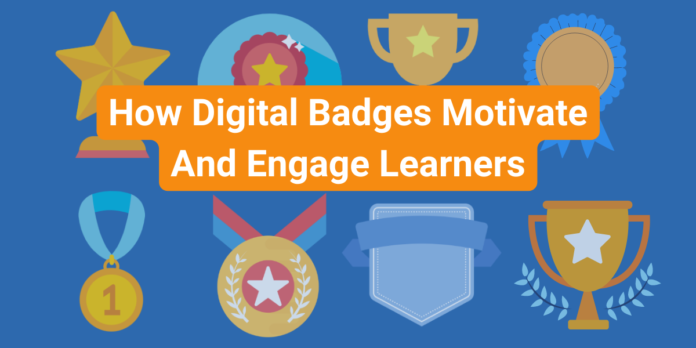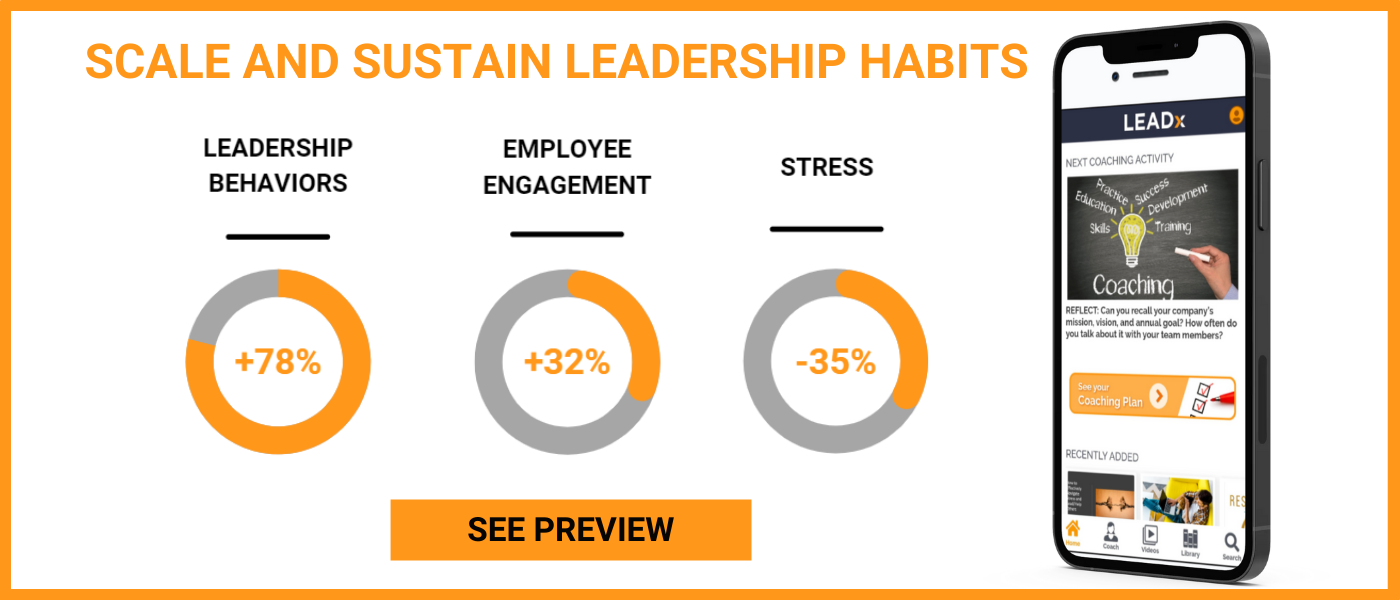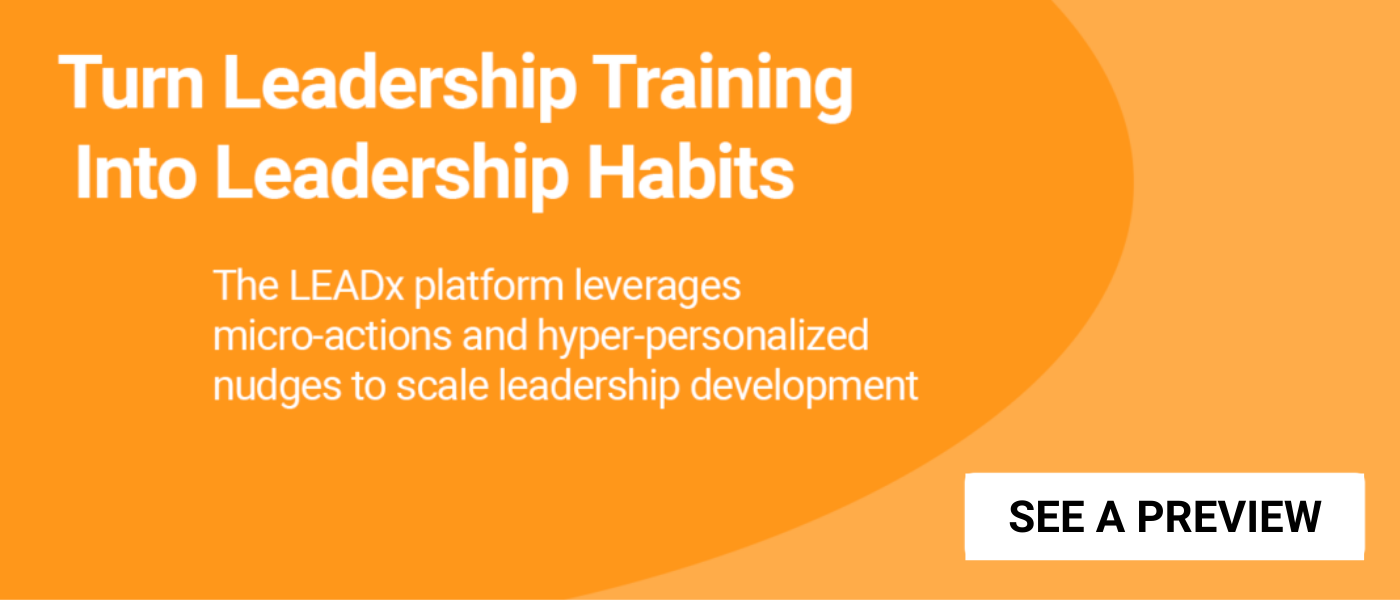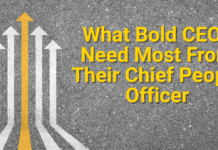
The LinkedIn 2022 Learning Report shows that employees increasingly want and expect development opportunities that add long-term value to their careers. Digital badges (also known as ebadges and skill badges) are an increasingly popular way to link learning experiences to career benefits, and to spark enthusiasm in the process.
To learn more about digital credentialing, I reached out to long-time learning professional, John Talanca, to share his experience launching a digital badge initiative to thousands of employees at Kellogg’s beginning in August of 2021. Now, Talanca is VP, Head of Skills & Capabilities Training at Novartis where he leads all learning & development efforts for the US commercial organization.
 This interview has been edited for clarity and length.
This interview has been edited for clarity and length.
Digital Badges Show the Value of Training and Drive Motivation
Kevin Kruse: What were you trying to accomplish with digital badges?
John Talanca: We were looking for a way to “elevate” a few key programs in our curriculum portfolio—programs that are central to our performance as a commercial organization. The goal of the digital credentialing program was threefold:
1) motivate employees to focus on the course and skill attainment,
2) motivate those who did not initially pass to refocus and make time to successfully pass the assessment, and
3) provide commercial employees with a public, visible recognition of their hard work and success.
Launching Digital Badges: The Strategy, Framework, and Rollout to 3,000 Employees
Kruse: How do digital badges work exactly? Do they pair with your existing programs?
Talanca: We decided that the launch would consist of the complete history of six current key programs. We would “badge” every person who had earned a certification across one or more of these courses. After this initial launch, we would then implement a process to award new certifications on a monthly basis, or as a course was completed.
The decision to digitally certify some of our key programs required a significant amount of planning. Digital badging requires a strategy, an implementation framework, a governance model, and a recordkeeping process.
Kruse: And the actual rollout? The launch?
Talanca: Implementation was relatively straight forward. Most of the work (easily 85%) revolved around defining our digital certification strategy ahead of time, setting standards, gathering existing data on those employees who already qualify for a badge, and implementing a process to manage the process on an ongoing basis. That took approximately 2 months of planning and leadership signoffs. Luckily, we had records that tracked successful exam completions, but we still had to combine these data sources into a master report for upload onto our badge platform.
On the day of launch, we issued nearly 4000 badges to over 3000 employees across the 6 courses I mentioned earlier. The actual process of issuing these badges took less than one hour of administrative time.
Choosing the Right Digital Badge Platform and Early Communication
Kruse: One challenge I imagine you might face with the launch is showing employees why the badge is valuable. How did you do that?
Talanca: One thing we did was choose our digital certification provider carefully. We chose Credly primarily because of their stature and reputation in the digital badging space. The fact that thousands of organizations use Credly adds to its credibility, and therefore the value, of their badges.
Another thing we did was send out an informative email to everyone who had earned a badge, explaining the badging process, its benefits, and described what the employee needed to do to accept the badge. We also took the opportunity to congratulate the employee on their successful effort to obtain important knowledge and skills. We urged them to share this badge recognition via social media and internal company channels of communication.
Badges Drove Engagement and Even Became a Recruitment Tool
Kruse: How was it received?
Talanca: Once employees received their badges, the positive feedback started pouring in. It overwhelmed us. Here’s what we began to see:
- Each of these key learning programs contained an exam which measured the learner’s gained knowledge. We saw a dramatic increase in passing scores on participants’ first attempt, as well as increased numbers of retake attempts to pass the exams. Employee feedback revealed that seeing colleagues get certified and get a badge motivated them to pass the exam.
- More than 50% of badge earners shared their accomplishments via social media—primarily on LinkedIn and in email signatures.
- Several leaders were contacted by individuals outside the organization who stated how impressed they were that the company issued digital certifications to their employees. Based on this, these individuals even inquired about how they could join the company.
- While the certification program was launched only within the commercial organization, many other functions inquired about the program, stressing their desire to launch a certification process.
- Post-launch we implemented a monthly badge issuance process of awarding any badges earned during the previous month. Excited employees were calling us wondering where their badge was—they didn’t want to wait a week or more to receive it!
Lessons Learned: Plan to Have to Sell the Concept to Others
Kruse: What lessons did you learn that might help inform someone who is about to roll out a certification process of their own?
Talanca: Despite the success of the program, we did learn some things which would impact our preparation.
First, we wouldn’t have assumed that most people are aware of digital certifications and badging. Although our employee audience had a healthy blend of millennials and Gen Ys, we were very surprised that many employees were not aware of digital badges. Knowing this, we probably would double down on pre-launch communications.
Second, we were surprised that one of our key learning partners who owned and delivered one of these important courses did not care about certifying their course. We had to quickly work with them to convince them to “co-brand” the certification. It worked out, but more lead time would make the rollout even smoother.
Lastly, our senior commercial leader was concerned about our employees sharing their certifications and skill attainments on LinkedIn. The thought was that this exposure would ultimately result in our employees being “poached” by other companies who value the skillset. Although the opposite of this happened (as I mentioned earlier, it acted almost like a recruiting tool), if we could do it over, we would have looked for positive examples like this to share with executive leadership prior to our launch.
Digital Badges: A Quick, Easy, and Effective Way to Spark Learning
Digital badges make sense. By making your training carry value beyond the walls of your organization, you increase the motivation and engagement of your learners. The result in Talanca’s case was increased enthusiasm, an increased rate of course completion, and even interest from people outside the organization.






